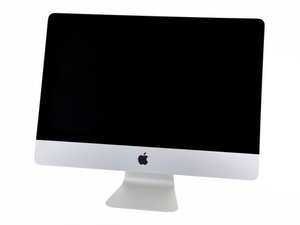No, there is nothing wrong with your Mac! You more likely have an adapter issue or its only a SATA II (3.0 Gb/s) unit while the drive you are using is expecting a SATA III (6.0 Gb/s) interface.
SATA interfaces are a bit mystical ;-} The very first version SATA I (1.5 Gb/s) was replaced with SATA II (3.0 Gb/s) and then upgraded to SATA III (6.0 Gb/s). One of the issues many people faced is understanding which drive worked under which standard! The standards group worked on the idea drives where more likely to be carried over to newer systems as they were at the time very costly! And besides they would have the precious data of years of work! So older drives will work in the newest of systems SATA I drive works in a SATA II or SATA III system!
Now the rub! The prices of drives plummeted and the sizes increased! So instead of people doing what the standards group expected people where upgrading there older SATA I or SATA II systems with newer SATA III drives! Early on many drives had a jumper block to set the interface from SATA III to compatibility mode (SATA I) people didn’t like this! And some people noted a SATA III drive sometimes works in a SATA II system! So that too confused the mindset as well (A slow RPM drive often will appear to work). In any case people would get angry at the system when in fact it was the new drive!
To combat this many drive makers leveraged a technology first seen in Ethernet (802.3), They too had an interface problem! Jumping from 10 to 100 mbps (and then 1000 mbps) people would face issues where the connections just didn’t work as expected! The network folks came up with a brilliant circuit, which senses the data rate of the connection!
mmm… could SATA leverage this? They did! We call this Auto Sense Vs Fixed speed. So you need to review the drives spec sheet to see what the drive is able to support! If it only lists SATA III (6.0 Gb/s) then it will only work in a SATA III system! If it lists the multiple SATA specs then you’re good!
Getting back to your problem: Here we have a fixed SATA III SSD drive WD Blue3D NAND SATA SSD while it will work inside your 2011 iMac you will also need this OWC In-line Digital Thermal Sensor for iMac 2011 Hard Drive Upgrade if you are swapping out your HDD iMac Intel 21.5" EMC 2428 Hard Drive Replacement.
Frankly, I recommend adding the drive following this guide Installing iMac Intel 21.5" EMC 2428 Dual Drive Kit which will allow you to gain the speed of the SSD by making it your boot drive with your apps and yet hold your data on your HDD!



 35
35  329
329  970
970 
